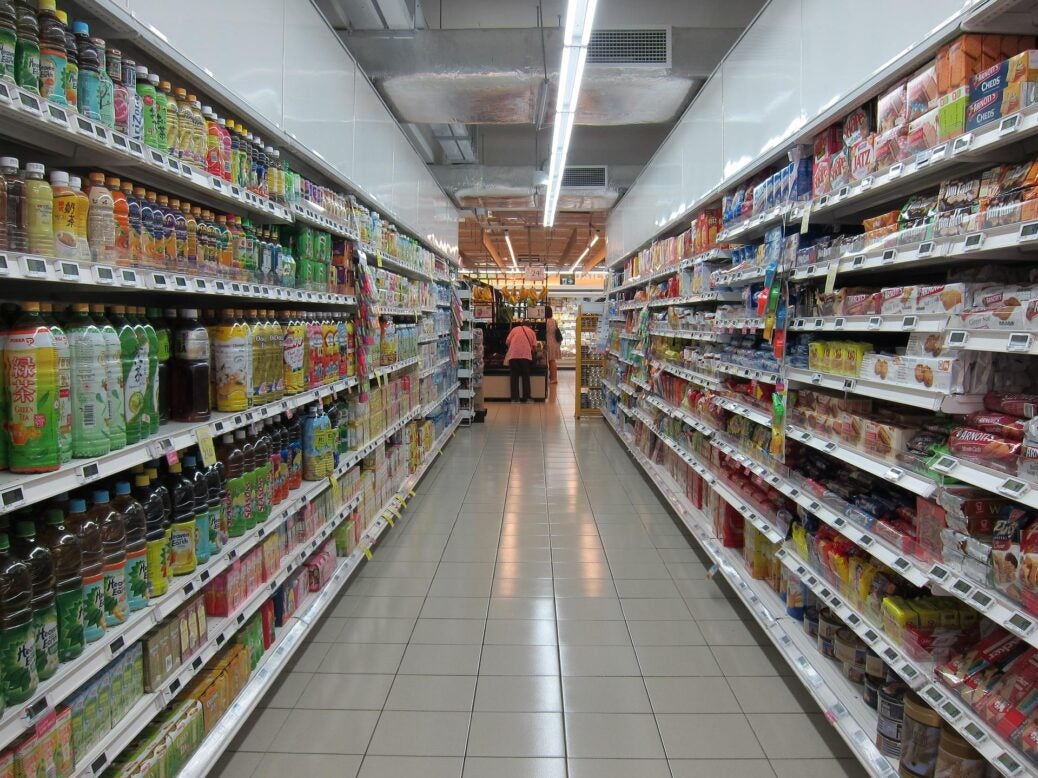
Scientists declare 1000’s of probably damaging chemical substances had been present in meals packaging, processing apparatus, reusable boxes and kitchen utensils.
The findings of a learn about cited in Important Evaluations in Meals, Science and Vitamin, a magazine revealed via UK-based Taylor & Francis, published handiest one-third of greater than 3,000 so-called meals touch chemical substances (FCCs) had been prior to now identified for use within the manufacture of meals touch fabrics (FCMs) similar to packaging.
Some 60% of the research had been centred on plastics, with 1,976 other chemical substances detected, consistent with the magazine, which has compiled the FCCmigex database, a listing of the FCCs.
“All FCCs within the database had been investigated both for his or her presence in meals touch fabrics or for his or her propensity to switch into meals underneath real-world stipulations, thus making human publicity to those chemical substances extremely possible,” the scientists wrote.
FCMs might be “a supply of hazardous chemical substances migrating into foodstuffs” and assessing the prospective implications for human well being “calls for a complete identity of the chemical substances they comprise”, consistent with the magazine.
The Meals Packaging Discussion board, a Switzerland-based non-profit organisation, famous in a follow-up document: “Whilst the brand new FCCmigex database comprises a large amount of data for one of the maximum well-studied FCCs, similar to bisphenols, phthalates, and PFAS, it additionally comprises loads of chemical substances for which there’s handiest little or no identified about their use and migration behaviour – however those information are crucial for figuring out human well being dangers.”
PFAS – per- or poly-fluorinated alkyl components – are a bunch of greater than 4,700 commercial chemical substances extensively utilized in on a regular basis merchandise from meals packaging, toiletries and non-stick cookware to clothes and carpets, consistent with Fidra, an environmental charity in Scotland.
Scientists added within the magazine document: “Along with deliberately used FCCs, FCAs additionally comprise non-intentionally added components (NIAS), similar to impurities of beginning components, contaminants, response merchandise and by-products, in addition to degradation merchandise. Usually, it is rather tough, if no longer not possible, to stumble on and determine all NIAS in completed FCAs, as non-targeted analyses aren’t sufficiently complete.”
Simply Meals has contacted {industry} frame FoodDrinkEurope for ideas at the findings, in conjunction with the Meals Requirements Company in the United Kingdom, however had no longer gained a reaction on the time of writing.
A spokesperson for Nestlé, whilst referring this e-newsletter to FoodDrinkEurope given the problem is an industry-wide matter, stated the sector’s biggest meals company is conscious about the document and is “reviewing the content material intimately”.
Nestlé added: “The security and high quality of our merchandise stay our easiest precedence, together with making sure that each one our packaging meets strict high quality and protection requirements, whilst adhering to all appropriate rules in every single place we perform.”
Meals large Unilever had additionally no longer replied on the time of e-newsletter.


